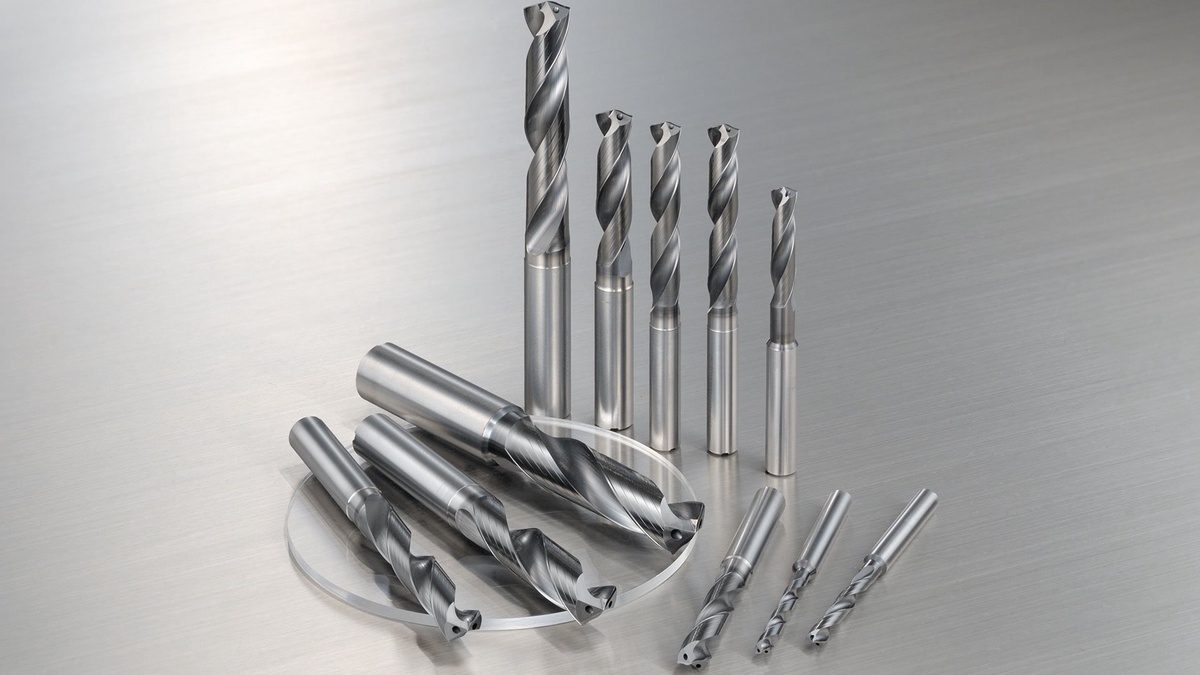We all know carbide cutting tools, but what is carbide? Many metal products surround us in our daily lives. Do you know how these products are made?
There are many ways to machine metals, but the most common method is cutting edges. Here we are going to learn about carbide-cutting tools and processes. What do we understand by carbide?
Carbide-cutting toolsare essential in many industries, from automotive to aerospace. The manufacturing process of these tools involves several crucial steps to ensure their durability, reliability, and precision.
At the outset, let's look at some examples of cutting tools in our daily lives. Kitchen knives, graters, scissors, the pencil sharpener on the desk, the saw, and the planer in carpentry are cutting tools. These cutting tools share one characteristic: they all change objects' shape by cutting and producing chips.
As you know, cutting tools cut objects to acquire the desired shape. Daily cutting tools allow us to cut fruits, vegetables, and wood, but carbide-cutting tools can cut more rigid materials, such as steel.
Now, let's review the cutting tools that machine steel, the most essential material in the industrial world.
The manufacturing process of carbide-cutting tools
Let's see the carbide manufacturing process.
First, tungsten carbide is mixed with cobalt to make a powder that can be classified as a raw material. The granulated mix is poured into a cavity die and pressed. This provides a moderate force, like chalk. The powder is mixed with a binding agent, such as cobalt, and pressed into a mold to create the desired tool shape.
So how do we cut cemented carbide if it's so hard?
- The pressed material is then placed in a sintering furnace and heated to approximately 1,400C, resulting in cemented carbide.
- After sintering, the volume of the content shrinks considerably.
- Also, the hardness of cemented carbide is somewhere between diamond and sapphire, and the weight is about twice that of iron.
What is the cut?
The figure on the right shows the cutting-edge condition during machining. The cutting edge cuts the workpiece and produces chips. The temperature at the top of the cutting edge reaches up to 800C due to impact and friction.
Cemented carbide grades that can withstand these high temperatures are the most successful. Carbide is formed in different configurations, the most commonly called an insert. Inserts are used in various shapes of tool holders and are selected based on the condition of the workpiece and the machining method.
- Turning
The external tool holder and boring bar produce cylindrical workpieces. The machining process that uses tool holders or boring bars is called turning, and its principal characteristic is that the workpieces rotate. The machine used for turning is called a lathe.
- Milling
Milling cutter tools can be divided into two types; the face cutter that machines the surface of the workpiece and the end mill that performs slot milling, etc. Machining methods that use face cutters and end mills are called milling operations, and their main characteristic is that the tools rotate. The machine used for milling is called a milling machine.
- Boring
A boring tool produces holes in workpieces and is called a drill bit. Indexable type bits and weld bits have relatively large holes, while solid bits make smaller holes. The main feature of the drill bit is that it can be used for milling and turning machines.
Manufacture of cemented carbide round bars from raw materials
- Low-pressure sintering technology is used in the cemented carbide round bar, offering the force of 100kg, effectively eliminating the air hole in the alloy and obtaining the blank of high hardness, high strength, and sound density
- Using automatic pressure relief extrusion equipment can produce all kinds of bars.
- The mirror effect is achieved by fine grinding of the bar: the layer damaged in the polishing process can be quickly removed using the NC grinding machine, and the surface finish can be improved to achieve the mirror effect.
- Hard alloy round steel has good bending strength and wear resistance. It is mainly used for end milling end mills, end mills, special automobile tools, etc. it also can be made of carbide punches, chuck, drilling tools, etc.
- Spectular polishing/Flat head/Beveling/Wire cutting/Sharpening port/Multi-step machining etc., can be done;
- Various needle gauges / Plug gauges / Measuring gauges, / Fixed pitch stop gauges can be used;
- Can process all kinds of particular shape parts/non-standard tools.
Summary:
As previously mentioned the machining method comprises three main styles; turning, milling, and boring. By choosing a suitable carbide cutting tool based on the cutting method, carbide can be machined efficiently.
Today cemented carbide-cutting tools with hydraulic control valve have become a fundamental means of increasing productivity in metal cutting, while research is constantly developing new products for more accurate and faster machining to reduce manufacturing costs.


No comments yet